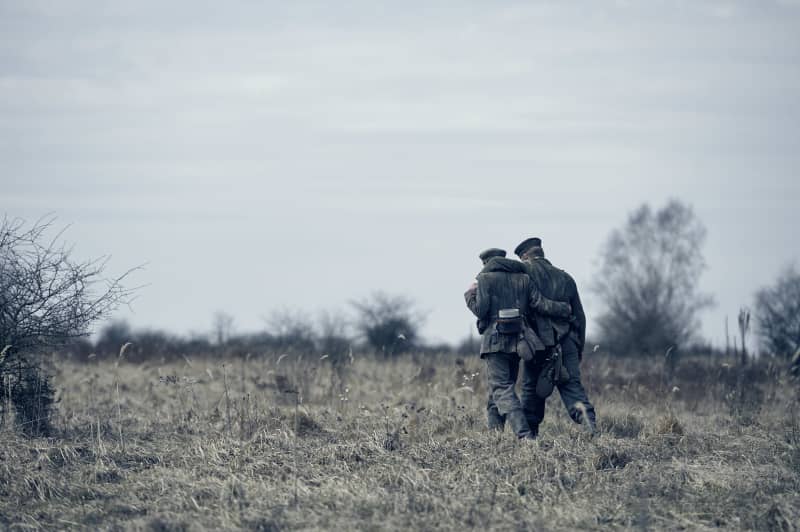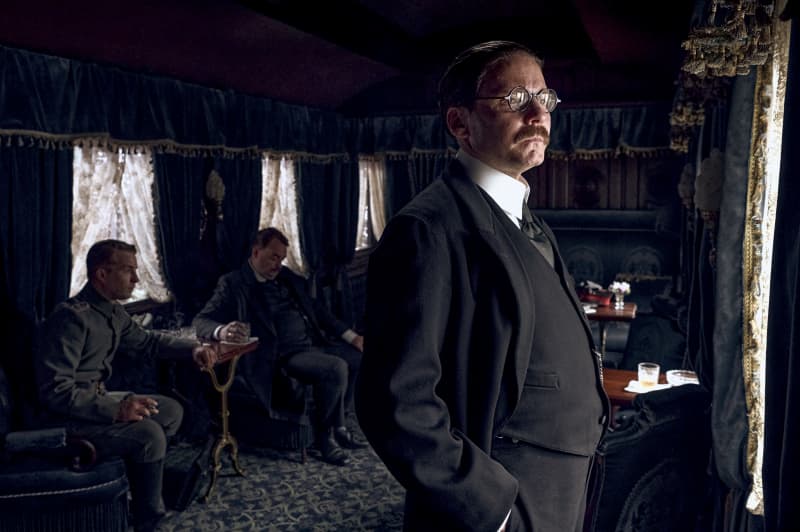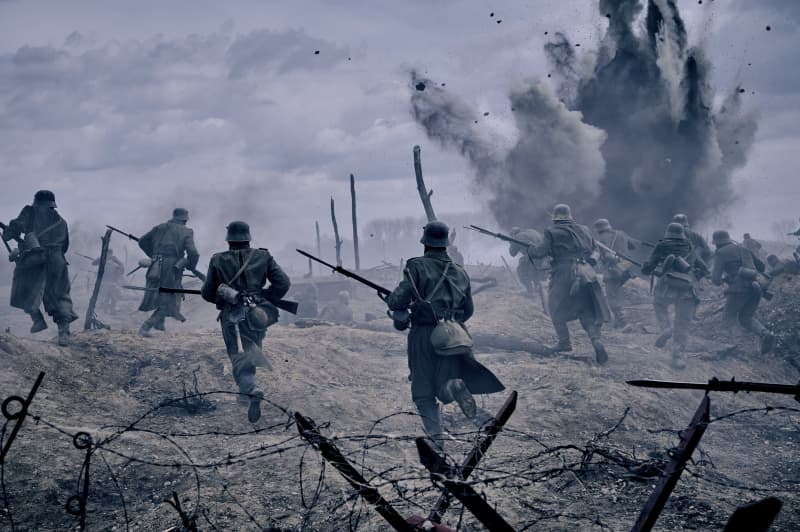Nothing New on the Western Front is the third film adaptation of the 1929 anti-war novel. Once again, the story is extremely topical.
The film, about the First World War, received nine Oscar nominations and fourteen Bafta nominations. The Baftas are the British equivalent of the US Oscars.
At Sunday’s gala, *Nothing New on the Western Front* finally picked up seven Bafta awards, including Best Film, Best Director, Best Music and Best Adapted Screenplay.
In this article, we give you the background to the German Netflix film and shed some light on the reasons for its success.
The author fell foul of the Nazis
The war novel interpreted as anti-war became a problem when the Nazis came to power in Germany in the 1930s. The novel had already been made into an Oscar-winning film adaptation (1930), when Remarque’s work ended up on the book shelves in his home country.
– Unfortunately, your brother got out of our hands, but you didn’t, the chairman of the court had stated.
Scholz was executed in December of the same year.

Is history repeating itself again?
Berger’s film could not be more current despite the fact that it is about the First World War, which ended in 1918, writes Time magazine, among others.
The terms of the end of the war created internal conflict in Germany, which eventually led to World War II.
Just weeks after the armistice, German politicians falsely claimed that Germany was winning the war when Erzberger surrendered. According to Time magazine, fake news led to the birth of nationalist groups. Erzberger, considered a traitor, was murdered by a far-right terrorist group in 1921.
– The film reminds us what we risk if we let democracy decay in the face of fanatical nationalism.

The director started his film project three years ago. He was worried about the political atmosphere in Europe.
– In Great Britain there was Brexit, in Hungary there was a right-wing government. In France, Germany and many other countries, the extreme right made its rise. The EU and other institutions that had guaranteed peace began to be questioned, Berger said in an interview with Deutsche Welle.
Some of the news pictures look like they were taken a hundred years ago
The most obvious connection between the film and today is probably the Russian war of aggression in Ukraine, in the middle of Europe. The news footage shows how the war is being waged partly under the same conditions as a hundred years ago. There are watery trenches, endless positional warfare, and seemingly endless infantry charges.
*Nothing new from the Western Front* underlines, scene by scene, the capriciousness and destructive power of war. The film successfully mirrors the author’s original thought, which he writes in the preface to his novel:
\”*There is nothing new from the Western Front* tells about the generation that was destroyed by the war, without blaming or acknowledging. The war also destroyed those who survived the grenades.\”
Under Berger’s guidance, the events unfold before the eyes without embellishment. War is grim and terrible, contradictory and paralyzing. The story is described from the point of view of a young German soldier, but the parties are not judged.

Nominated for Best Picture at the Oscars, among others
After the Bafta success, Berger’s film has remaining Oscar nominations for best film, best cinematography, best foreign film, best adapted screenplay, best visual effects and best music.
Success can also be expected at the Oscars, as the film is rated as an exceptionally strong war depiction, where the details have been honed to the pinnacle of the hauntingly minimalist music.
– There is nothing new from the Länsirintama is a significant and serious work, in the battle scenes digital effects are masterfully integrated into the action. The film does not fail to do justice to its subject, although it seems to be aware of its status as a classic, writes The Guardian in its four-star rating.
– The film repeats its claim over and over again and leaves the viewer feeling empty.

